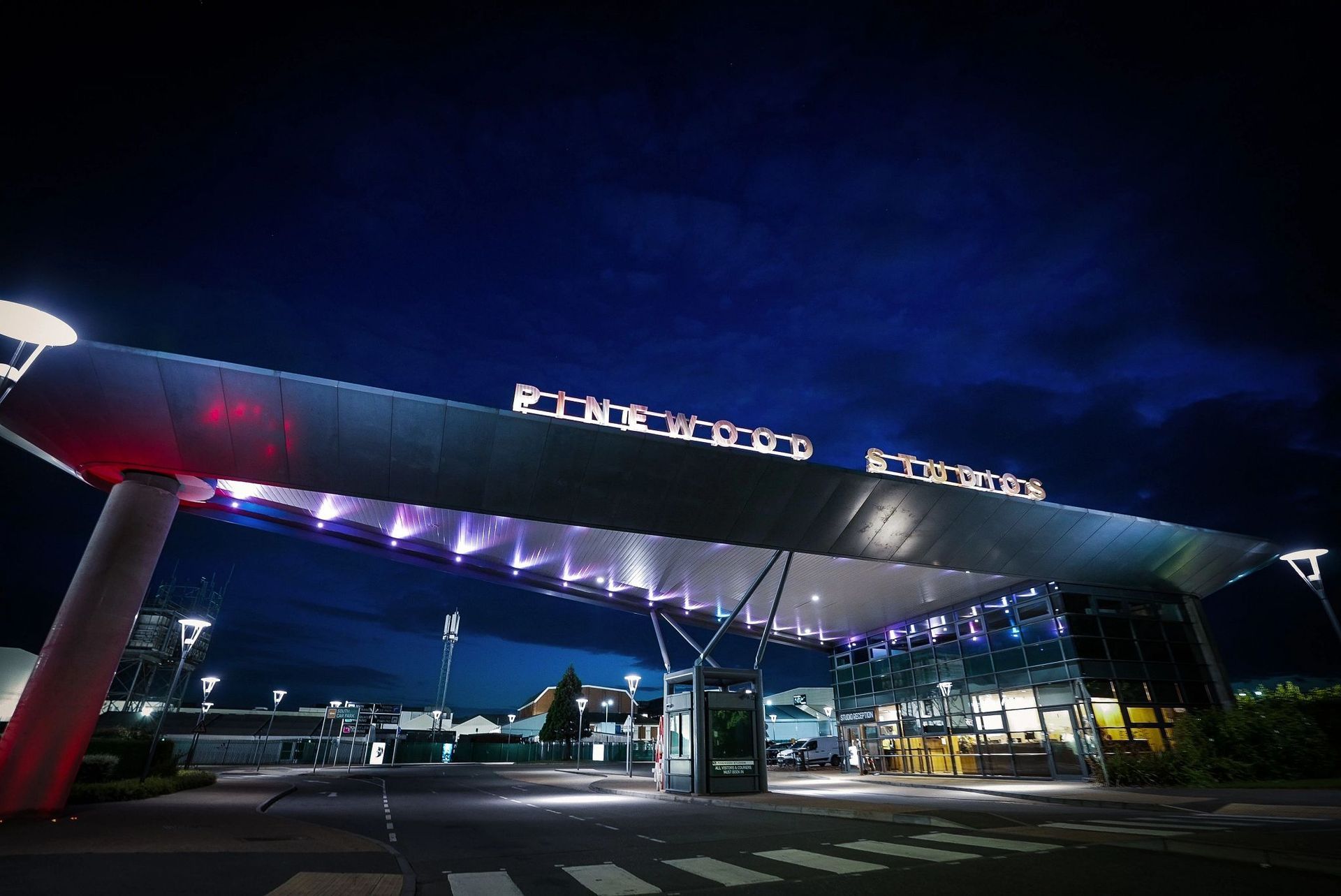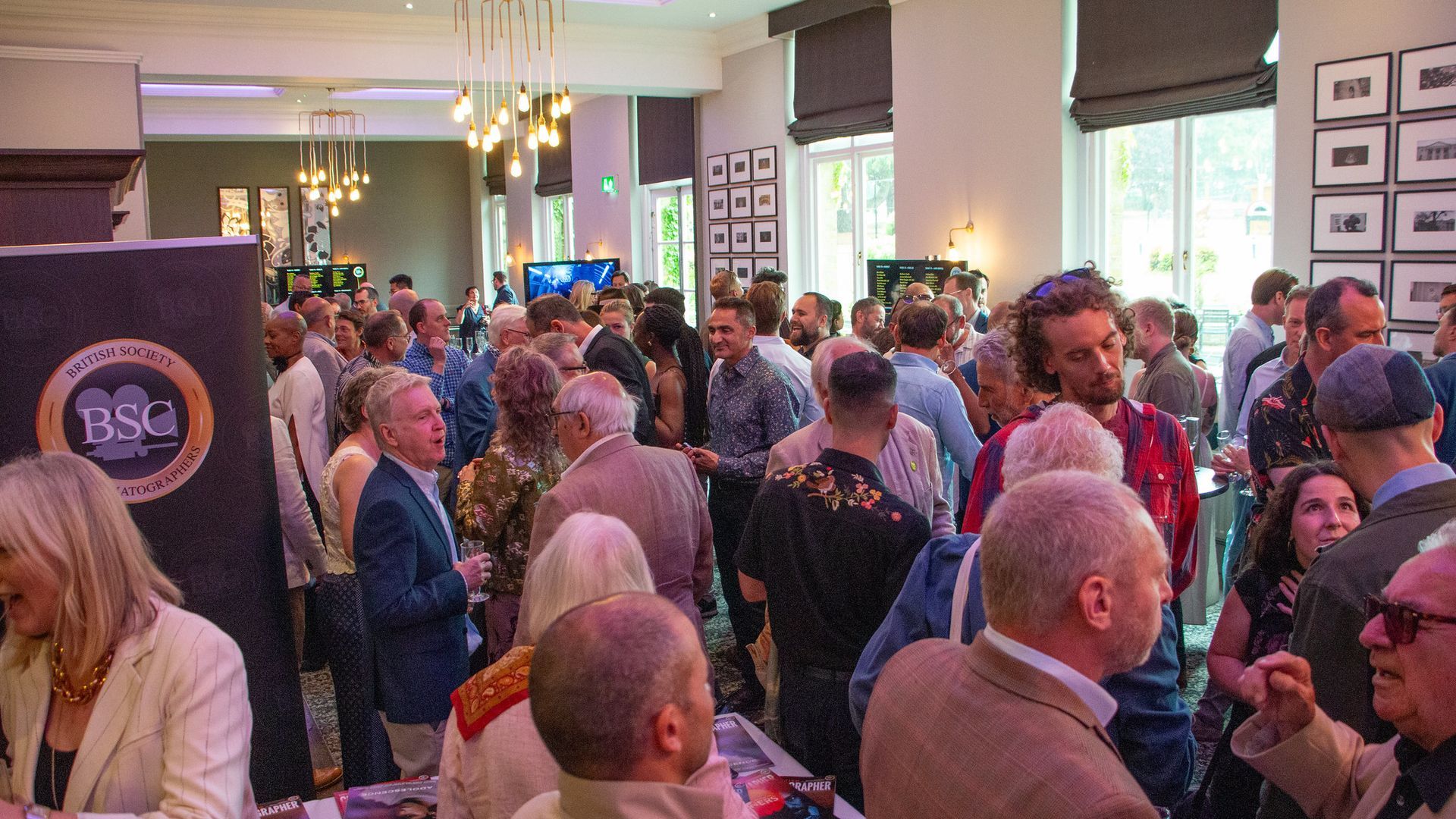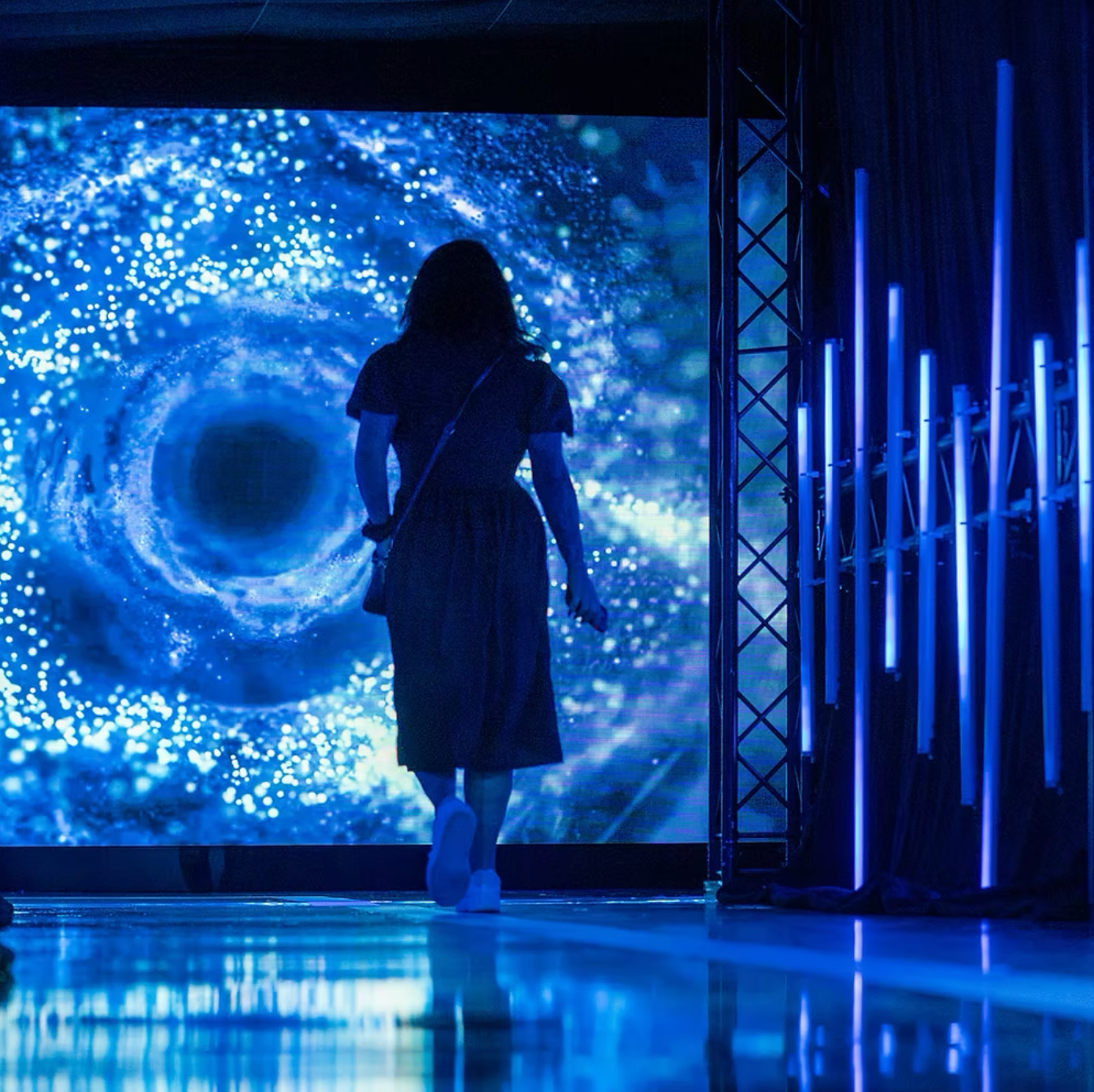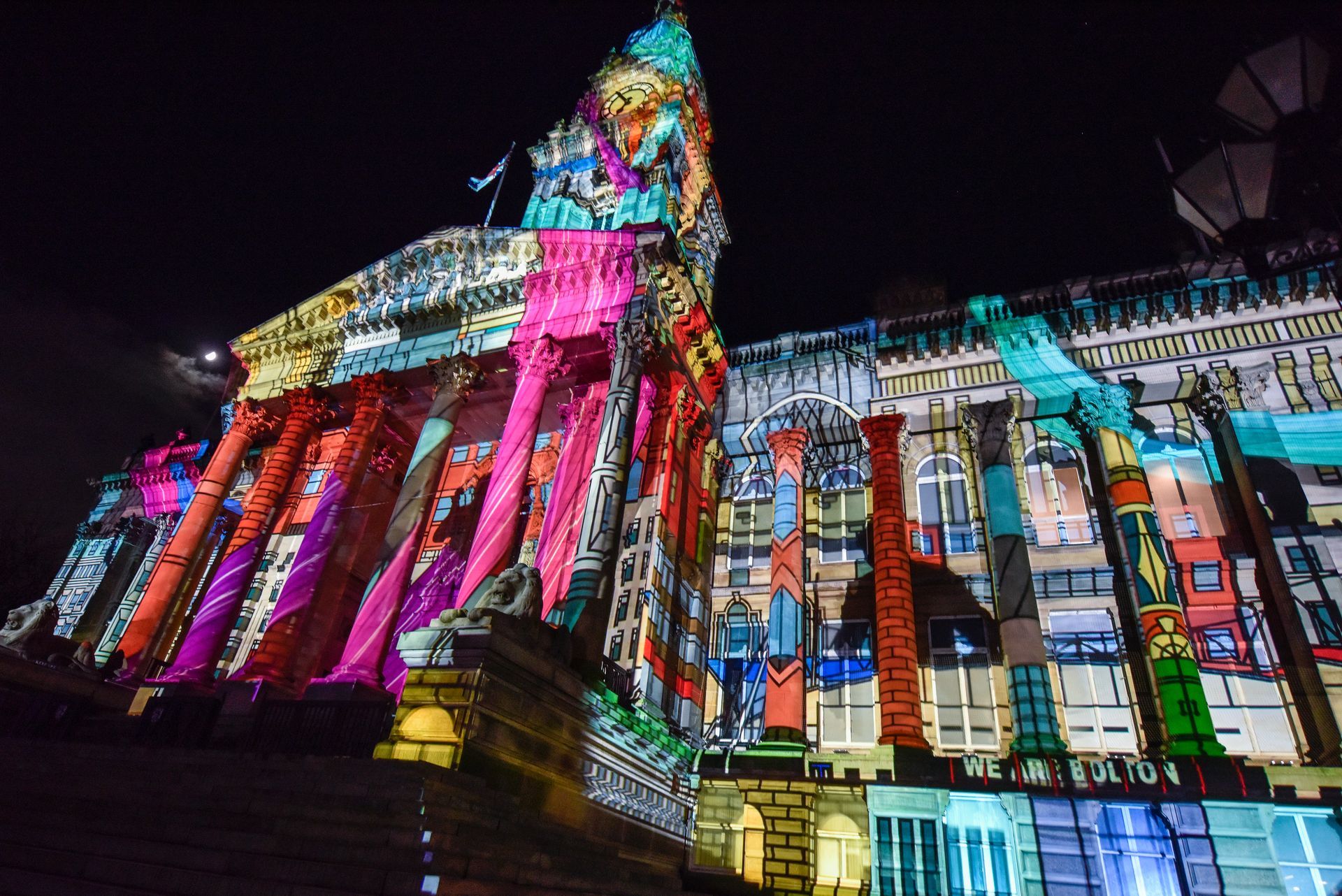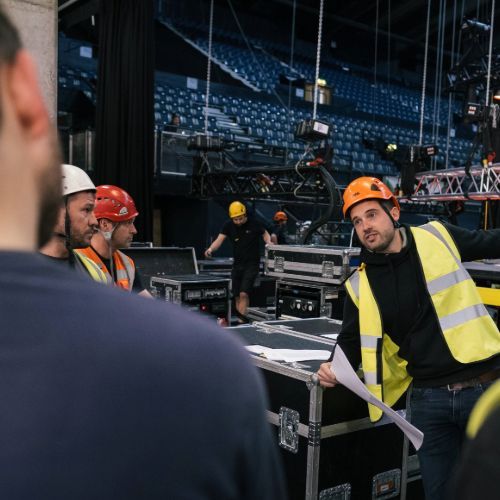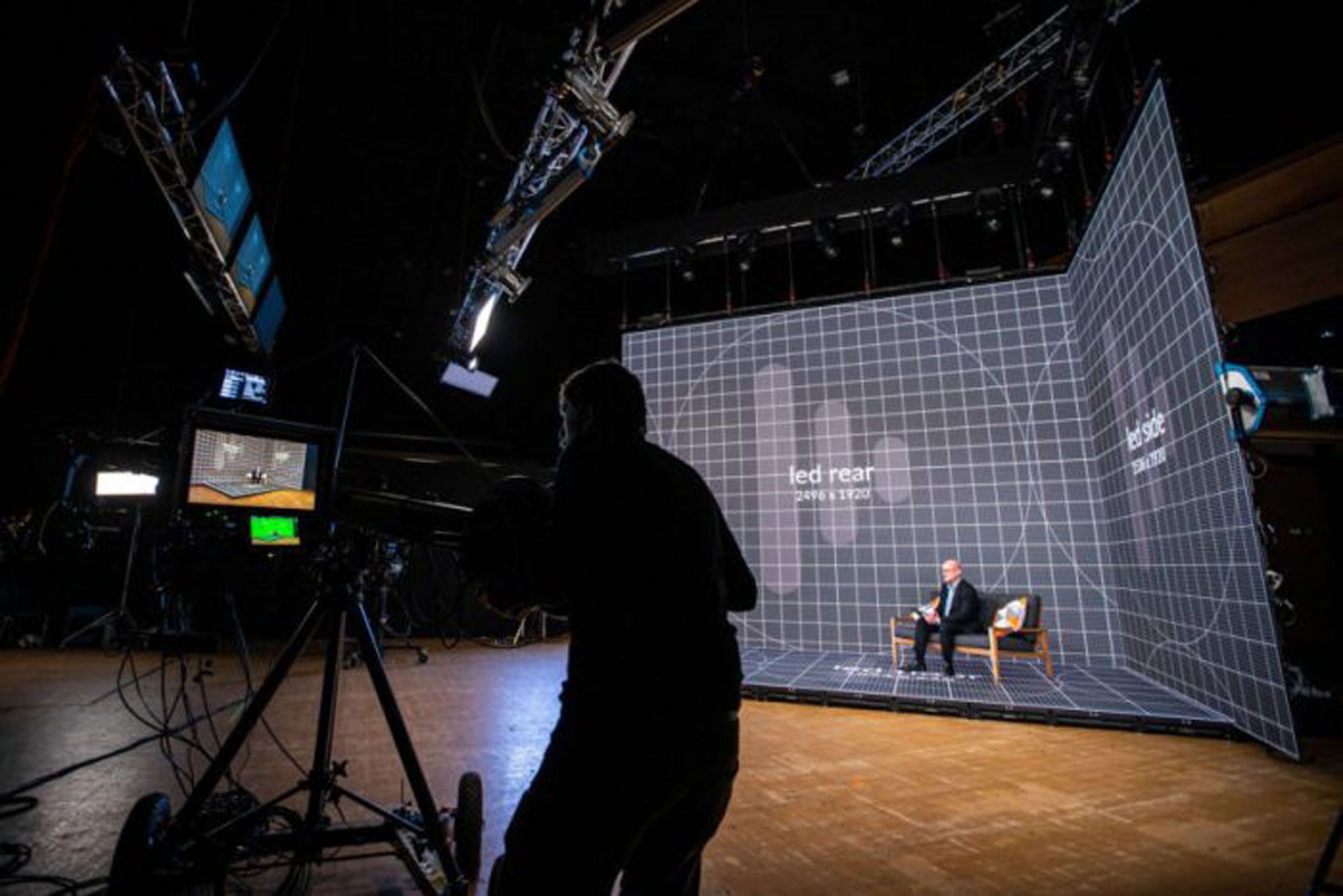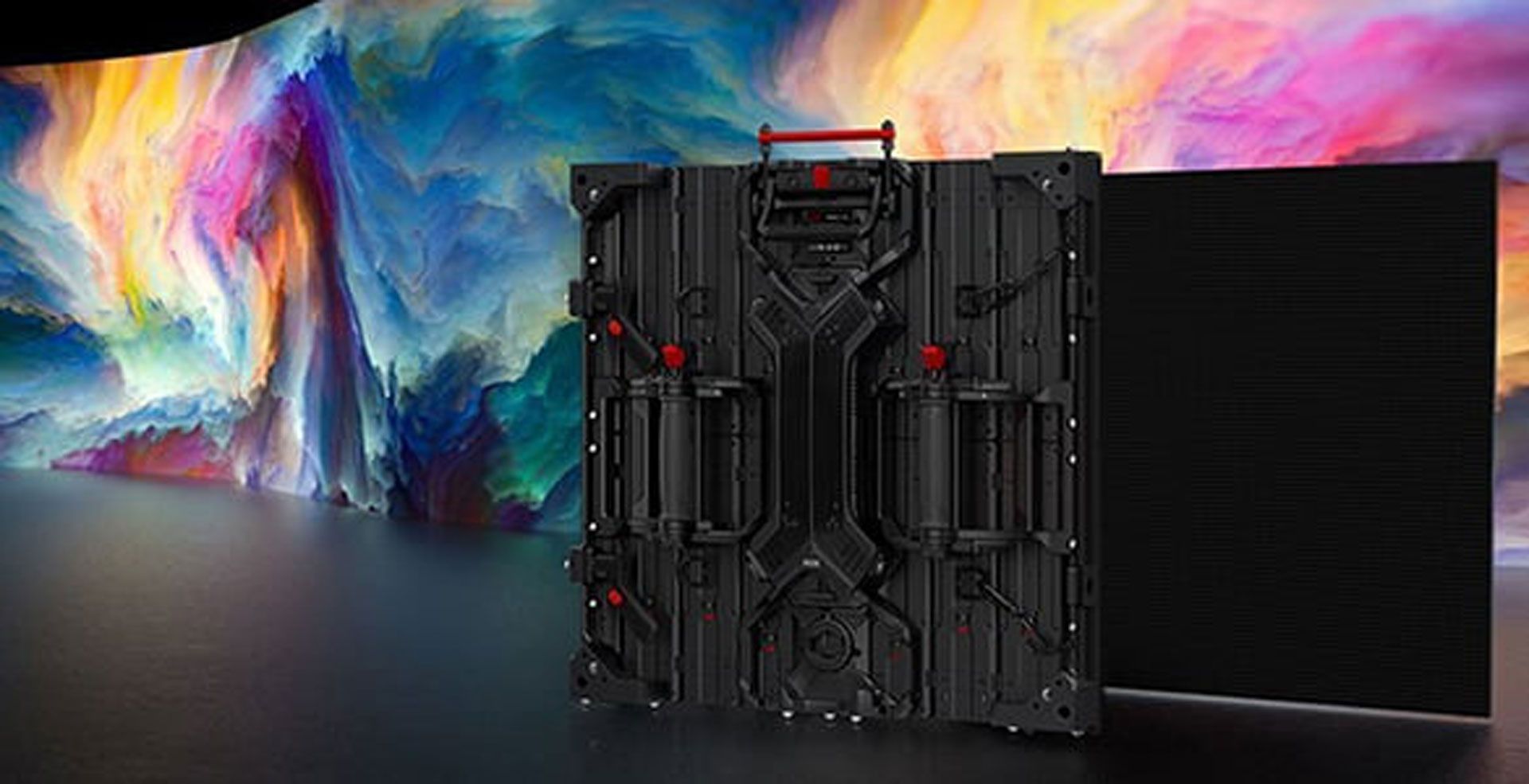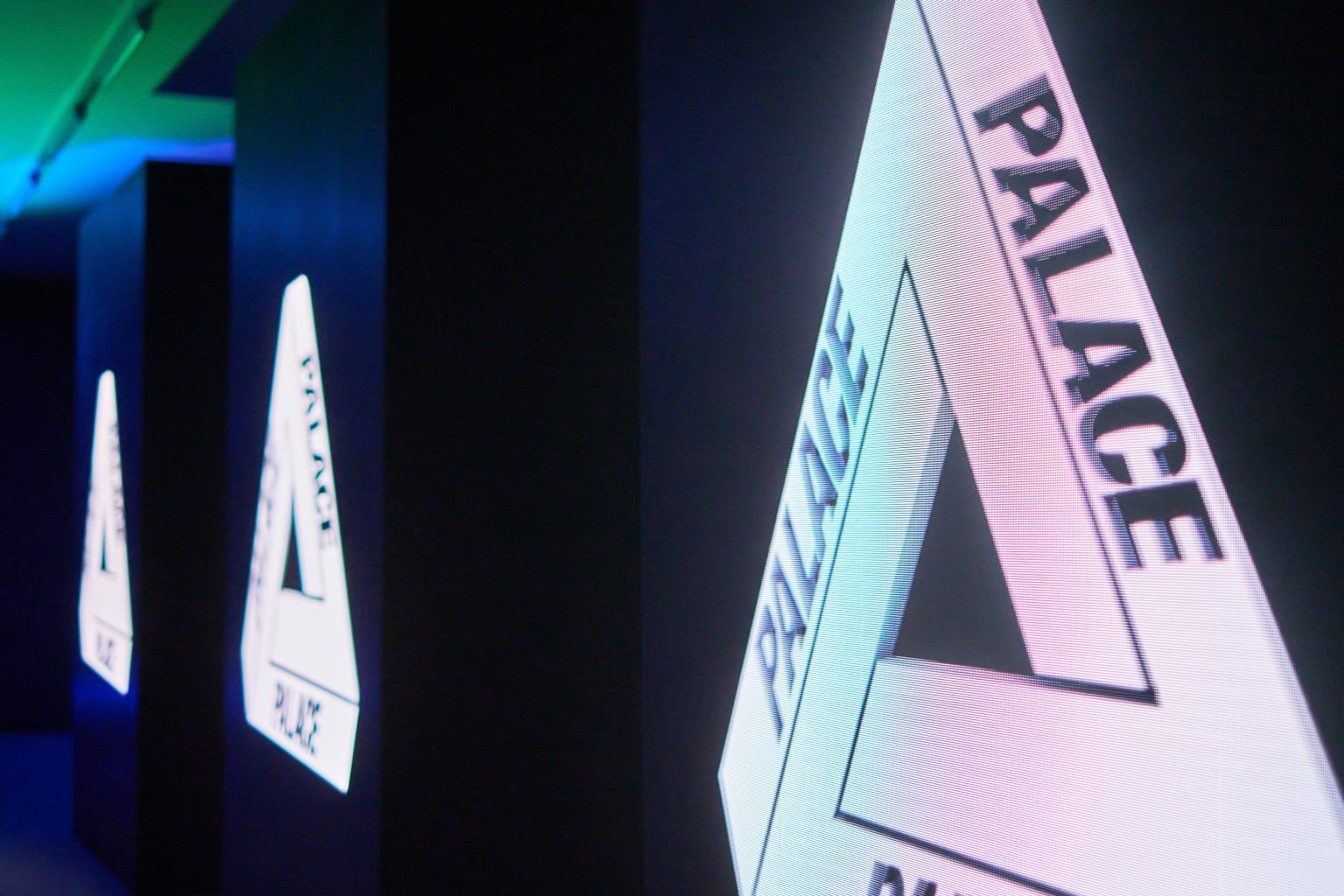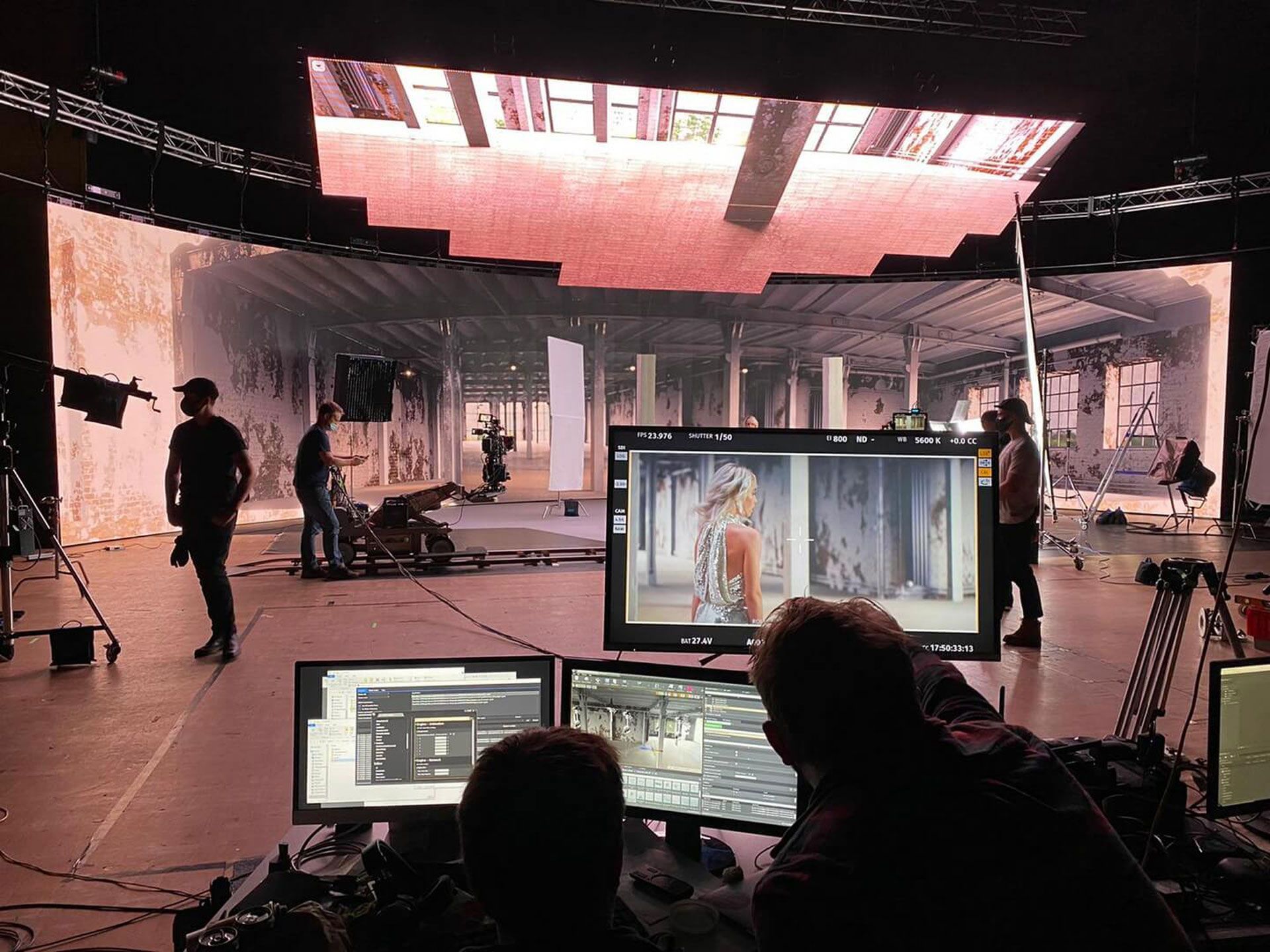Latest News at iMAG
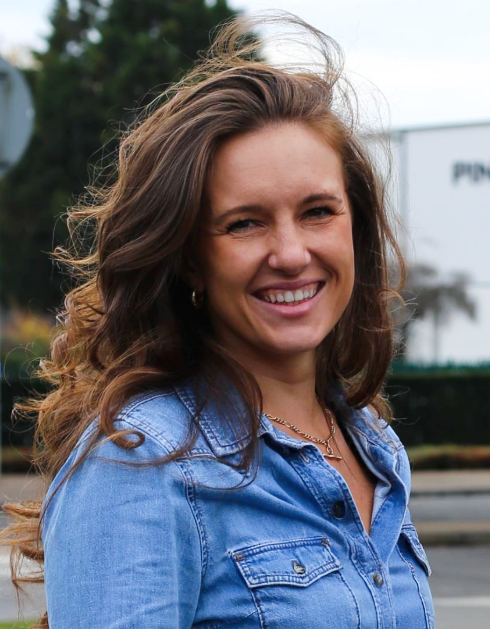
We always say that great client relationships are built on more than just good service; they’re built on trust, instinct, and understanding. So we sat down for a proper catch-up with Catherine, our Client Relationship Executive, to get to know the person behind the role. From global hospitality to high-stakes sales, and now to the heart of iMAG, Catherine’s journey brings a rare mix of experience, intuition, and steady confidence that’s already making an impact. Read on to find out how calm confidence, global insight, and just the right dose of humour help Catherine build the kind of client relationships that truly last.
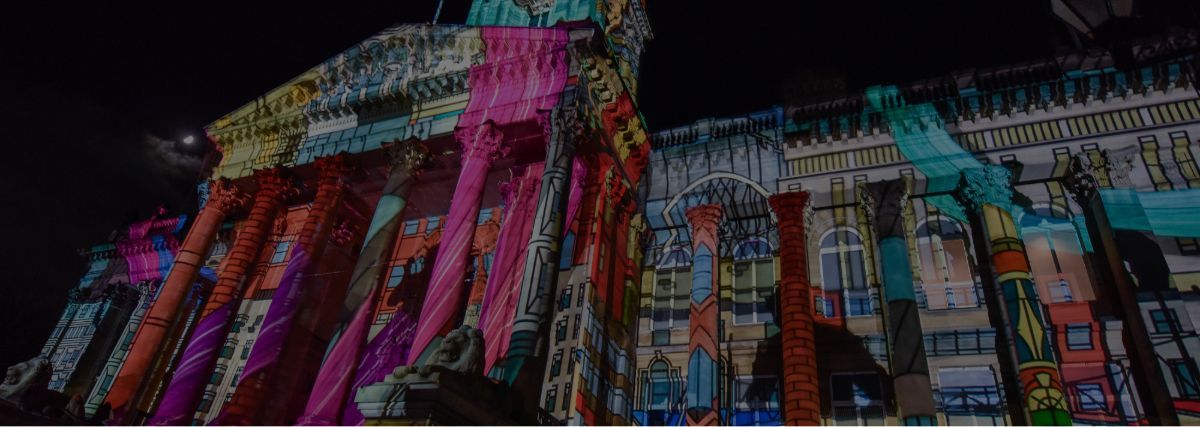
You can have the best kit in the world, the slickest pitch deck, and a glittering showreel, but if you don’t understand what your clients really need when the pressure’s on, you’ll never be their first call again. After more than twelve years working across the creative, brand, and production landscape, the iMAG team has been in hundreds of briefing conversations. And while every project, client, and budget brings its own personality, one thing is consistent: there’s almost always more going on beneath the surface. Here’s what they rarely say out loud, but actually really want from their AV partner. 1. “Make me look good to my client.” Whether you’re working with a producer, a creative agency, or even an internal comms team, there's usually another layer above them. A brand director. A Head of Production. A CMO. What they want isn’t just technical brilliance (though that’s always a non-negotiable). They want you to make them look like the hero. That means calm in chaos, fast fixes, respectful collaboration, and no surprises on site. At iMAG, we get that. We operate like an extension of your team - invisible when needed, front-footed when it counts.
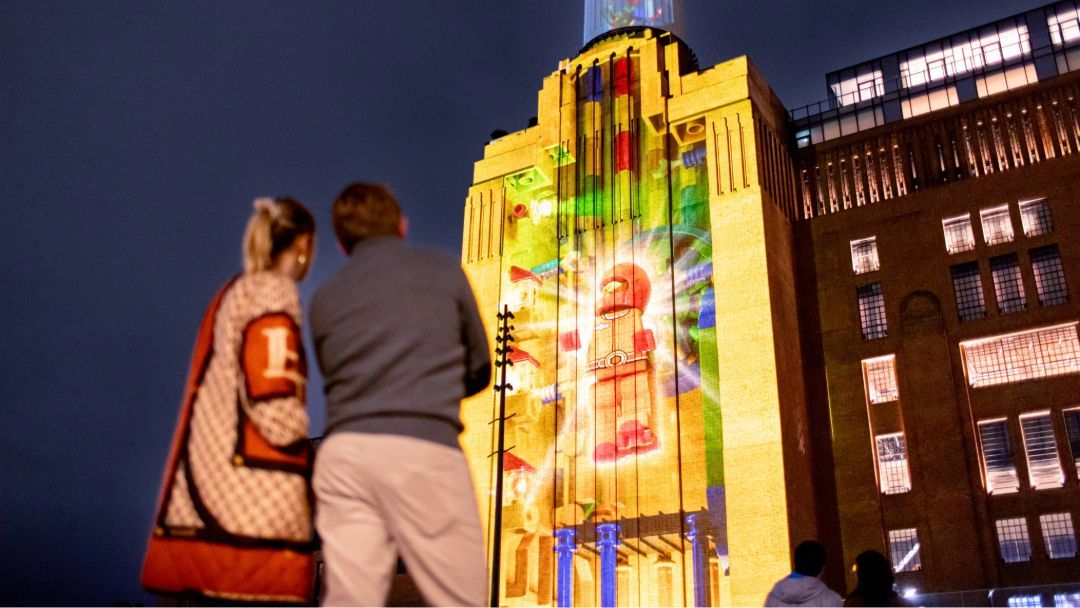
Shortlisted for AV Awards 2025: LEGO’s ‘Play Is Your Superpower’ Campaign at Battersea Power Station
We are thrilled to announce that Graymatter Video, in collaboration with Disguise, has been shortlisted for the 2025 AV Awards in the highly competitive Event and Live Entertainment Project of the Year category. The nomination celebrates our role in delivering LEGO’s ‘Play Is Your Superpower’ — a one-night-only, large-scale projection-mapped experience that turned London’s iconic Battersea Power Station into a towering tribute to imagination, storytelling and playful technology. The AV Awards, now in their 27th year, are recognised as the benchmark for excellence across the global audiovisual industry. Organised by AV Magazine, the awards honour the best in pro AV innovation, execution, and impact — showcasing standout achievements across technology, design, production and integration. Being shortlisted is not just a nod from the industry — it’s an endorsement of leadership, creativity, and technical excellence on the world stage.
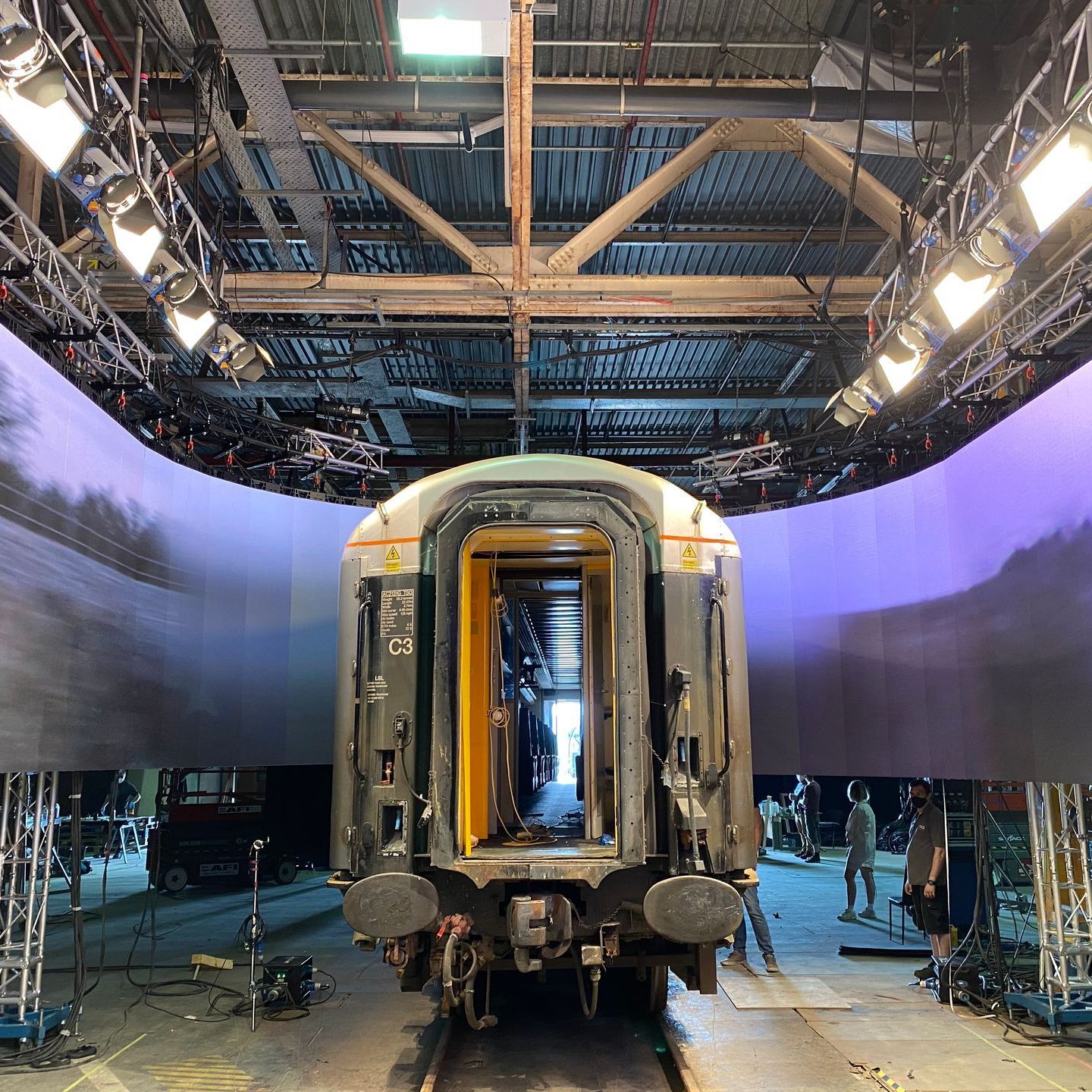
In the world of filmmaking and content creation, it’s easy to get caught up in the debates: Is green screen outdated? Are LED volumes the only future? Will virtual production replace practical effects entirely? In this blog, iMAG’s Creative & Development Director Stephen Maddox explores why the smartest productions don’t choose between green screen or LED — they use both, blending tools to serve the story and deliver the best creative results. Filmmakers and content creators today face no shortage of strong opinions: “Green screen is dead.” “LED is the only way forward.” “Virtual production is replacing practical effects.” But these conversations often miss the point. Why It’s Not About Sides, It’s About Solutions At iMAG, we believe it’s not about choosing sides, it’s about choosing the right tools for the story you’re telling. On one of our recent projects, we used our LED volume for 90% of the shoot. But for the remaining 10%, we dropped in a green screen section precisely where the camera was aimed, allowing the post team the flexibility to dial in later the content yet captured. The rest of the volume still played plate content in-camera to light the scene authentically. On another project, we repurposed the LED wall to act as: A translite replacement for background depth, A green screen surface for keyed inserts, and A platform for in-camera VFX, all in one setup. By doing so, we avoided hauling in a truckload of fabric, lighting rigs, or set paint. In a third case, we simply built a green screen opposite the LED volume so the team could move seamlessly between both environments and maximise every shooting hour. It’s Not One Size Fits All: Adapting to Actors, Crews, and Environments Some actors dislike acting in an empty green box. Others get motion-sick in an LED volume with Ghost Frame or Frame Remapping. Some crews are experts at traditional compositing, while others thrive in Unreal Engine environments. These are not reasons to reject one technology over another. They’re reasons to plan smarter, and mix methods intentionally. Filmmaking isn’t about forcing every scene through the same process—it’s about staying agile, creative, and technically aware. In The West Wing, President Bartlet once said, “The trick isn't picking the right lever… It's using all of them.” The same applies to production. It’s not a matter of green screen or LED or pick your production process. The best work comes when we approach each scene with a full toolkit and the wisdom to know which lever to pull. At iMAG, we see green screen, LED volumes, virtual environments, practical sets, and physical builds as complementary, not competing. Wouldn’t you want to go into your next project with a full toolbox instead of empty-handed? Final Thought: Ask the Better Question The real question isn’t, “Which tool is best?” (My favourite question from The Office, “Which bear is best?”) The better question: What does this story need? What does this moment demand? How do we bring it to life—visually, emotionally, and efficiently? When we stop picking sides and start picking solutions, the work gets better. And that’s what matters most. Find out more about iMAG's virtual production solutions here .
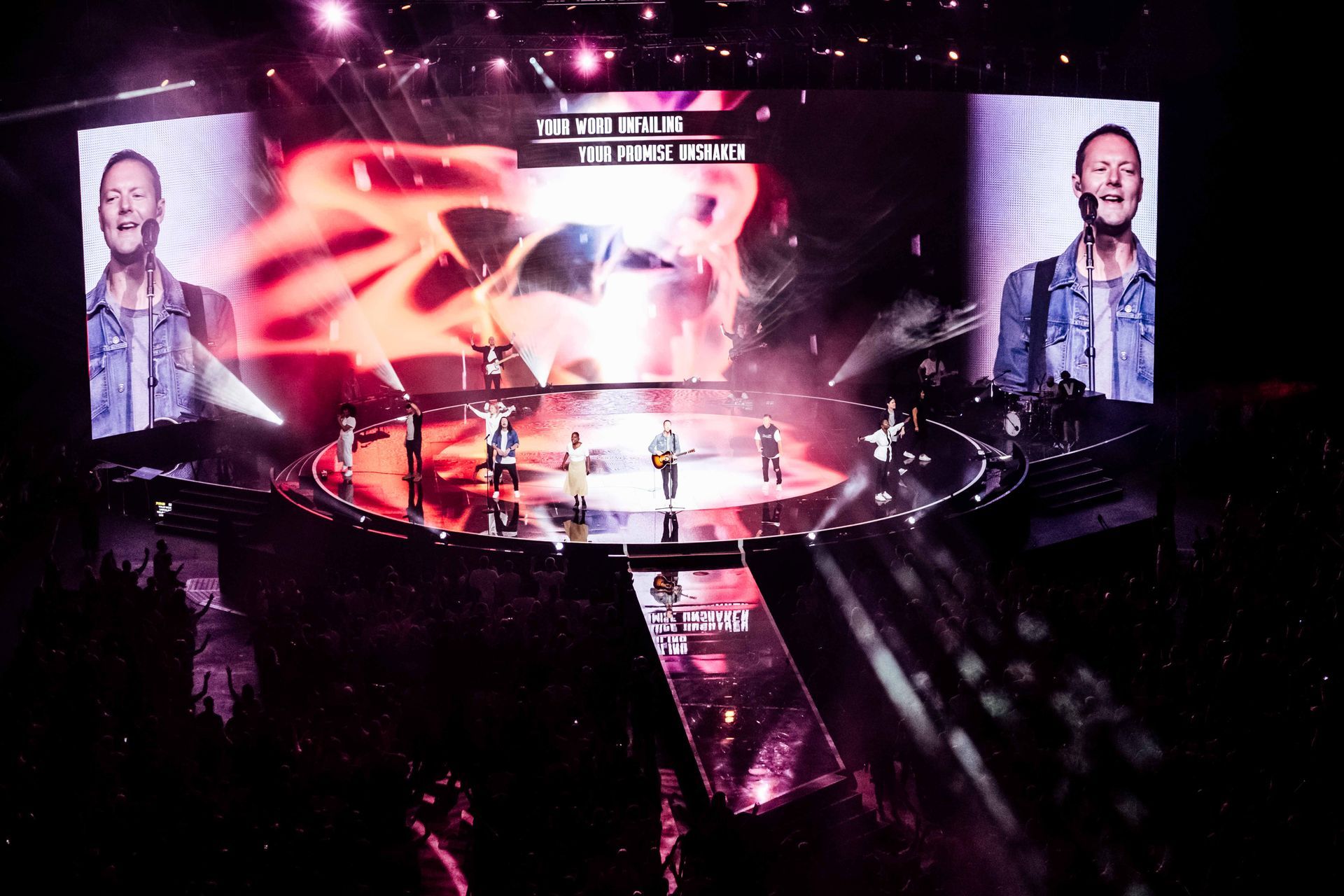
What makes a great supplier? Is it the kit they bring, the price they quote, or something far harder to define — like trust, instinct, and knowing they’ll deliver when the stakes are sky-high? Few people understand this better than Stephen Maddox, our Creative & Development Director at iMAG. Before joining us, Stephen spent years on the front lines of live events, managing and producing shows that filled arenas across the UK and US, from the dazzling stages of the West End to the electric energy of the O2 and Wembley Arena. In this blog, Stephen opens the curtain on what really goes into choosing the right suppliers. If you’ve ever wondered how professionals build teams that can turn a vision into reality, you’ll want to read on. While production managing and producing live events and shows across U.S. arenas and U.K. venues, from West End theatres to the O2 and Wembley Arena, a common question outsiders often asked me was: How do you choose your suppliers? In both cases, my starting point was simple: I used the suppliers the previous team had worked with. Why rock the boat when things are sailing smoothly? But inevitably, situations arose—on both sides of the Atlantic—where alternative suppliers had to be sourced. Sometimes it was due to availability. Other times, a long-standing supplier had let the team down once too often. And then there were moments when budget constraints meant dusting off the age-old “three quotes” process (and let’s spare a thought for the poor third-quoter, who was never really in the running). So, how did I go about finding and choosing new suppliers? Ask Those in the Know I turned to respected production managers and producers. We’re all in the same game, and we all know that recommendations carry weight. I’d usually ask for a few options, not just their go-to supplier, but also others they trusted. Their referrals were a starting point, a direction to head in.
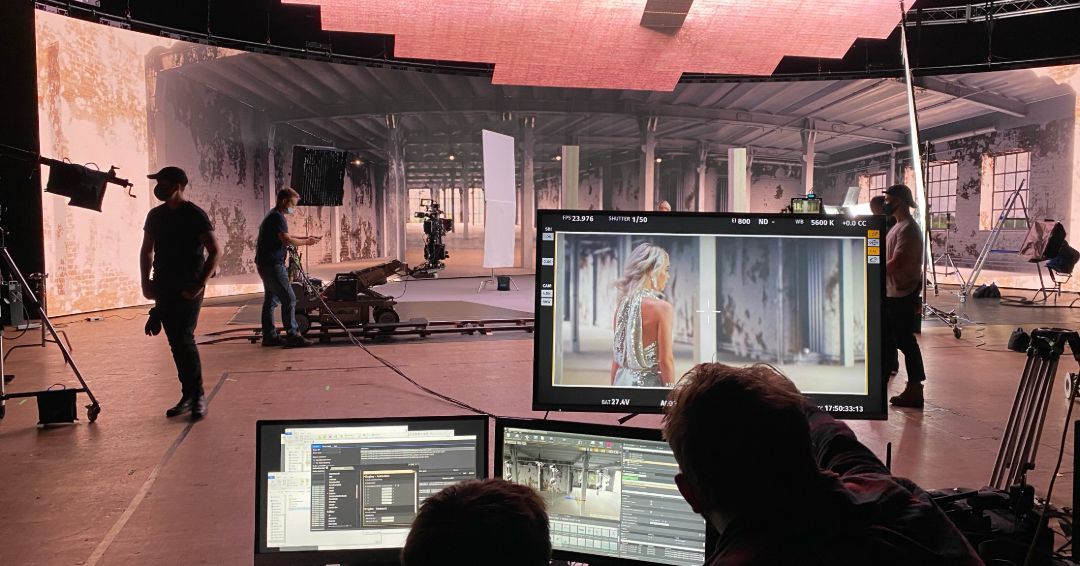
When it comes to virtual production, speed and efficiency are often what get noticed. But what’s really happening behind the scenes? In this thoughtful reflection, Stephen Maddox, iMAG’s Creative & Development Director and an award-winning writer, director, and producer, shares a real-world moment that revealed just how nuanced virtual production workflows can be. From studio resets to spontaneous creativity, Stephen takes us inside the practical and philosophical lessons learned on set, reminding us that in this fast-moving space, innovation is essential, but collaboration is everything. On a recent project, the director asked how long it would take us to change between scenes while filming. Some of the crew looked a bit puzzled. The director then explained that, on a previous shoot in a purpose-built studio, they had to wait 20 to 30 minutes between scene changes. The entire content system had to be shut down, reloaded, and tested before moving on. Everyone at the brain bar smiled. In our case, it would take around 20 to 30 seconds. Of course, we could have sat there feeling smug, but the reality is more nuanced. On reflection, the key difference was that we were using pre-recorded plates for travel simulation, while they were most likely working in real-time Unreal Engine environments, which typically take longer to reset. We’re not about to call that team, in another country, to ask why their process was slower. But the moment did spark a few useful reflections: Assume the Best. It’s easy to believe we know better, but in most situations—once we understand the full context—there’s usually a valid reason behind how something is done.
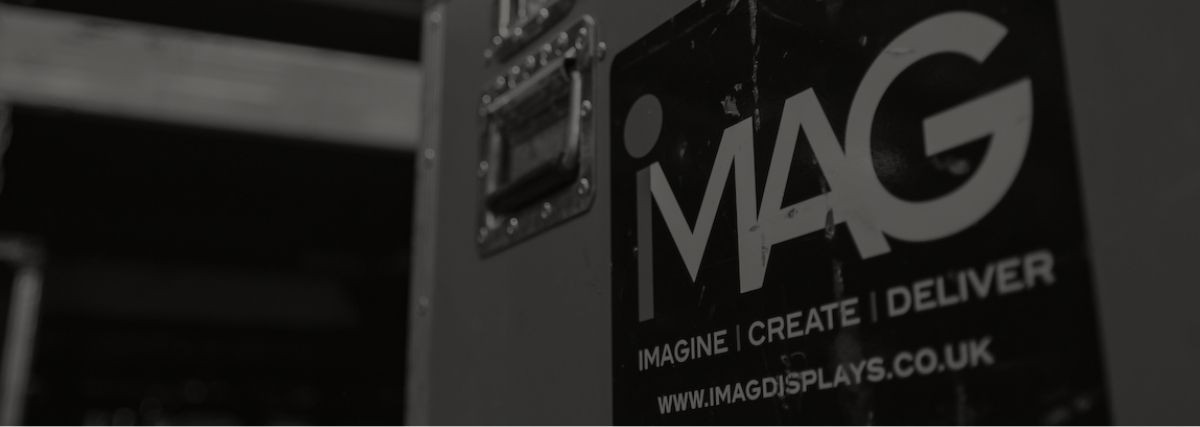
At iMAG, we’re all about transforming creative visions into extraordinary visual experiences. As we charge ahead into an exciting phase of growth, we’re thrilled to introduce three brilliant new team members who will help us elevate our delivery, innovation, and client service to even greater heights. This expansion builds on a landmark year for iMAG, where we achieved an incredible 35% growth, fuelled by deepening client relationships and an expanding portfolio of cutting-edge technical solutions. From global giants like Gucci, Lego, and Mercedes-AMG F1 to creative agencies, production companies, and event teams, iMAG is trusted to deliver moments that captivate, engage, and inspire. Let’s meet the newest stars on the iMAG team!
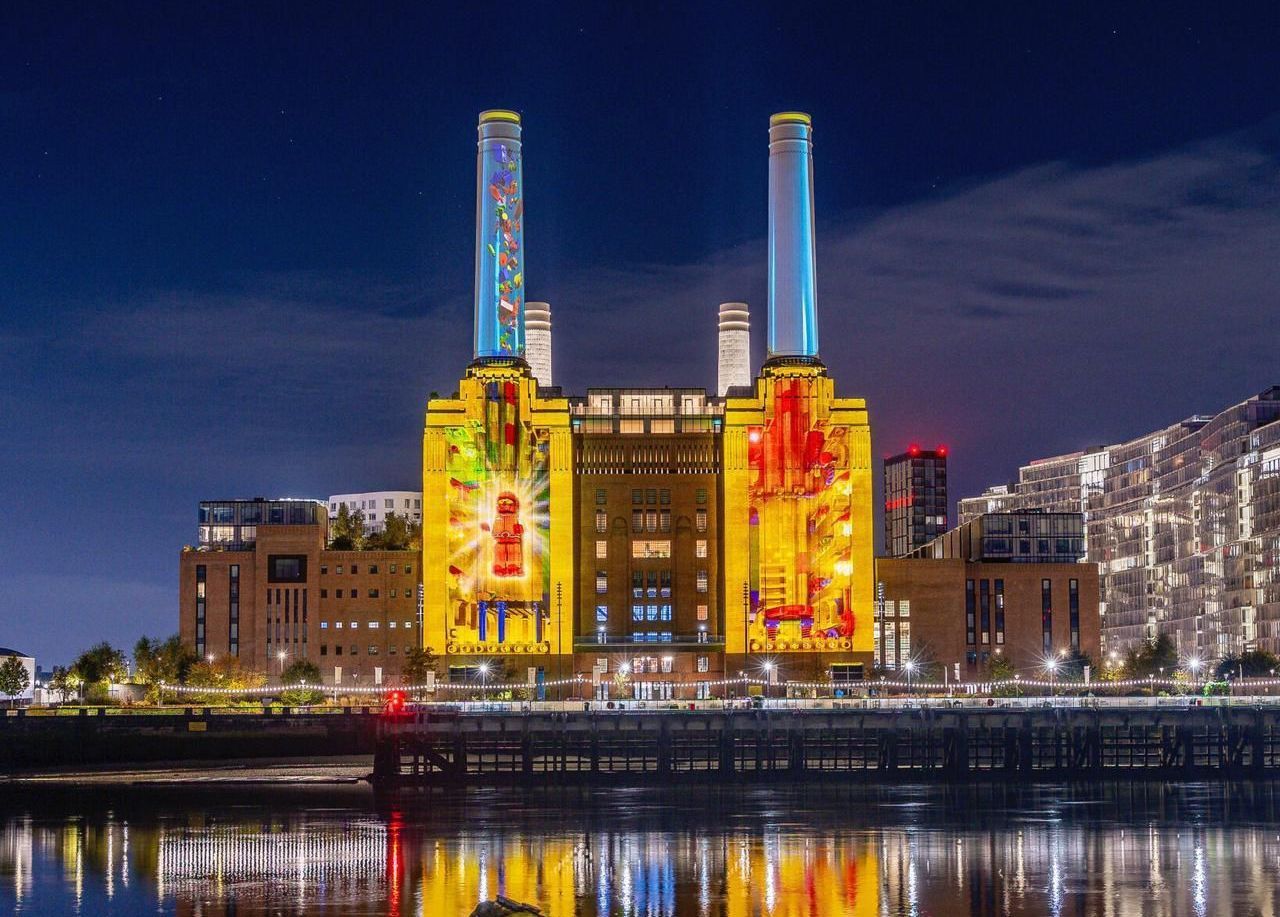
Discover how iMAG and Graymatter transformed Battersea Power Station into a stunning LEGO spectacle for the “Play Is Your Superpower” campaign. This behind-the-scenes case study dives into the advanced projection mapping setup, including disguise GX 3 media servers and Panasonic 4K projectors, that turned one of London’s most iconic landmarks into a dynamic, high-brightness visual experience.
